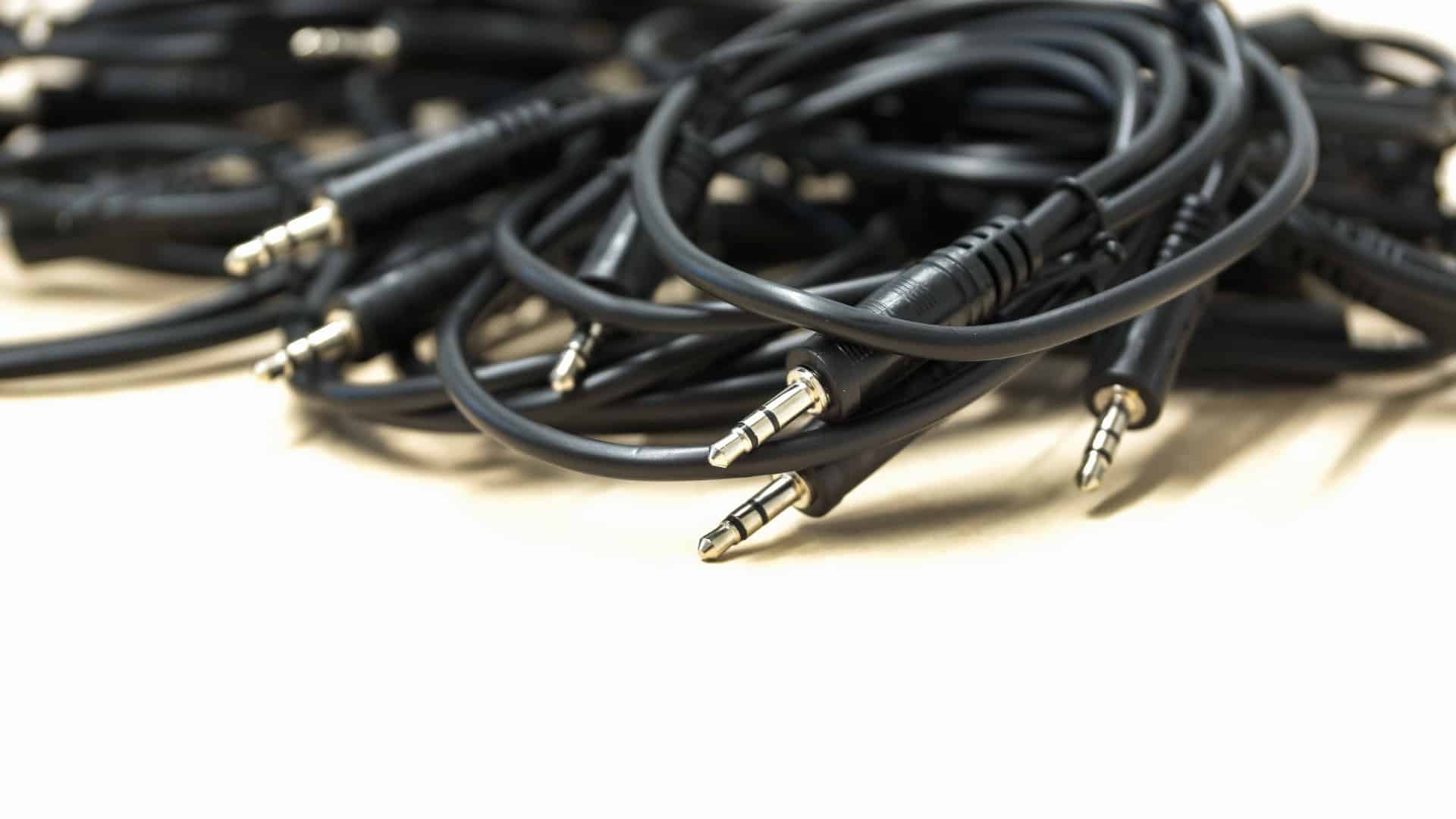The new EU Battery Regulation (2023/1542) is in full effect, demanding immediate action from manufacturers and importers to meet stringent labeling and data requirements. Non-compliance after key 2024 and 2025 deadlines means a total EU market ban.
For Quick Readers
- The EU Battery Regulation (2023/1542) has been in effect since February 18, 2024, and requires immediate action to comply with new labeling and data rules.
- Mandatory labeling changes include CE marking (August 2024), QR codes (August 2026), and a Digital Battery Passport for certain types from February 2027.
- All economic operators—manufacturers, importers, and distributors—are responsible for compliance, and failure can result in sales bans across the entire EU market.
Master EU Battery Labeling: Your Action Plan for 2025 Compliance
The European Union has fundamentally changed battery regulation with Regulation (EU) 2023/1542, which became applicable on February 18, 2024. This law replaces previous national directives with a single, directly applicable regulation across all 27 member states, creating new obligations for sustainability, safety, and information transparency. For manufacturers, importers, and distributors, this means immediate changes are required for battery labels, data accessibility via QR codes, and, for some, a new Digital Battery Passport. The transition periods are short, and the first deadlines have already passed. Failing to adapt your processes now is a direct risk to your EU market access. If you have not yet aligned your products with these new rules, you must act now. Contact Deutsche Recycling to ensure your operations become compliant without delay.
The new EU Battery Regulation (2023/1542) is a major shift from the old directive, applying uniform rules across the entire EU since February 18, 2024. This eliminates the patchwork of national laws, like Germany’s BattG, which will be fully replaced by the BattDG by August 18, 2025. The regulation introduces five distinct battery categories, including new ones for Light Means of Transport (LMT) and Electric Vehicles (EV). If a battery fits multiple categories, it must meet the strictest requirements of the set. This unified legal framework demands immediate review of your entire battery portfolio. Understanding these updated legal differences is the first step toward compliance. The new rules impact the whole supply chain, setting the stage for more complex obligations ahead.
The New Regulatory Landscape: Act Now on Regulation (EU) 2023/1542
All batteries placed on the EU market must now feature updated, detailed labels to inform consumers and authorities. As of August 18, 2024, the CE marking is mandatory, certifying compliance with EU safety and environmental standards. Every battery must also display the ‘crossed-out wheeled bin’ symbol, mandating separate collection from other waste. These are just two of the multiple new labeling obligations you must meet. The following information is also required on the battery itself:
- General information including manufacturer details and battery type.
- Capacity information to inform users of performance.
- A clear indication of the battery’s chemical composition.
- The manufacturing date must be visible on the unit.
Failure to display this information correctly can block market entry for an entire product line. These visual requirements are your product’s first compliance checkpoint.
Decoding New Battery Labels: What Is Required?
A scannable QR code will become mandatory on all batteries by August 18, 2026, creating a direct link to essential product data. This code provides consumers and market surveillance authorities with instant access to compliance documents and performance details. For certain batteries, this QR code is the sole access point to the comprehensive Digital Battery Passport. This single code must link to a wealth of data, making its implementation a significant IT and data management project. The system must be robust enough to handle thousands of queries per day. Properly implementing this is a core part of the European battery compliance solutions. This digital link transforms the physical label into an interactive compliance tool.
The QR Code: A Gateway to Transparency
From February 18, 2027, a Digital Battery Passport (DBP) is mandatory for all LMT batteries, industrial batteries over 2 kWh, and EV batteries. This electronic record must contain over 90 data points covering the battery’s entire lifecycle. The DBP details everything from raw material sourcing to recycled content and the battery’s carbon footprint. This level of transparency requires unprecedented data collection across your entire value chain. You must have systems in place to gather and verify this information long before the 2027 deadline. The DBP is a cornerstone of the EU’s circular economy goals, as detailed in the new Batteries Act. Preparing for this requirement now is essential for future market access.
The Digital Battery Passport: Preparing for 2027
The regulation’s implementation is phased, but key deadlines are rapidly approaching and require immediate action. Adhering to this schedule is not optional; it is a prerequisite for legal market presence in all 27 EU member states. If you have not taken action, you are already behind. Here is a summary of key dates:
- February 18, 2024: The Regulation (EU) 2023/1542 became fully applicable.
- August 18, 2024: Mandatory CE marking for all batteries.
- August 18, 2025: Due diligence policies for raw material sourcing must be established.
- August 18, 2026: All batteries must feature a QR code.
- February 18, 2027: The Digital Battery Passport is required for LMT, large industrial, and EV batteries.
Missing any of these dates will result in immediate compliance failures. These milestones dictate the pace of your transition project and are central to how to label batteries correctly. The next step is to identify who in your organization is responsible for these changes.
Critical Deadlines: Your Compliance Timeline
The regulation clearly defines obligations for all economic operators in the supply chain, not just the original manufacturer. Importers are responsible for verifying that the batteries they place on the market are fully compliant with all labeling and documentation requirements. Distributors must also ensure the products they sell carry the correct markings, including the CE logo and QR code. This shared responsibility means you can be held liable for the non-compliance of a supplier. It is your duty to ensure product labeling is compliant before it reaches the end customer. This shared risk model makes proactive compliance management essential.
Defining Responsibility: Obligations for Manufacturers, Importers, and Distributors
Ignoring these new rules carries severe consequences far beyond financial penalties, which can reach millions of euros. The primary risk is a complete sales ban across the 27 EU member states, effectively shutting down your access to a market of over 450 million consumers. National authorities are empowered to order product recalls for any battery that fails to meet the new standards. A single non-compliant batch can trigger market surveillance actions that halt your entire EU operation. The potential for brand damage and loss of market share is immense. These risks underscore the need for immediate action, a topic further explored in our battery regulation blog. The only way to mitigate these risks is through a robust compliance strategy.
The Cost of Non-Compliance: More Than Just Fines
Navigating the complexities of the EU Battery Regulation requires expert guidance and flawless execution. The deadlines are tight, the data requirements are extensive, and the penalties for failure are severe. Deutsche Recycling provides a full-service solution to manage every aspect of your battery compliance, from label verification to data management for the Digital Battery Passport. We ensure you meet 100% of your legal obligations under the new Batteries Act. If you have not yet started your compliance process, the time to act is now to avoid business interruption. Contact the experts at Deutsche Recycling today for an individual consultation and secure your continued access to the EU market.
Secure Your Market Access with a Proven Compliance Partner
FAQ
My company is not based in the EU, do these rules still apply to us?
Yes. The regulation applies to all batteries placed on the EU market, regardless of their origin. If you export batteries or products containing batteries to any EU country, you must comply with these rules. The importer of record holds direct legal responsibility.
What happens if I miss a compliance deadline?
Missing a deadline constitutes non-compliance. Member state authorities can impose significant fines, order a recall of your products, and prohibit further sales within the EU. It is critical to act now to avoid these outcomes.
How can Deutsche Recycling help my business comply?
Deutsche Recycling offers a comprehensive service to manage all your obligations under the new regulation. We handle registration, ensure your labeling is correct, manage data for the Digital Battery Passport, and act as your expert partner to guarantee 100% compliance. Contact us immediately to get started.
Does this regulation apply to batteries already inside electronic devices?
Yes, the regulation applies to all batteries, whether they are sold individually or are incorporated into appliances, vehicles, or other products. There are specific rules regarding the removability and replaceability of such batteries.
What is the difference between the old Battery Directive and the new Regulation?
The old Directive (2006/66/EC) had to be transposed into national law, leading to variations between countries. The new Regulation (EU) 2023/1542 is directly applicable in all 27 EU member states, creating a single, harmonized legal framework with more extensive requirements.
Where can I find the official text of the new regulation?
The official text of Regulation (EU) 2023/1542 is available on the EUR-Lex website, the official portal for EU law. It was published in the Official Journal of the European Union, L 191, on July 28, 2023.
More Links
EUR-Lex provides the official text of Regulation (EU) 2023/1542 concerning batteries and waste batteries.
The European Commission offers a webpage on batteries and recycling, covering policy and related topics.
The U.S. Department of Commerce provides an overview of the EU Batteries Regulation 2023, focusing on market intelligence.
The German Environment Agency offers information on product responsibility in waste management, specifically for batteries and waste batteries.
The German Federal Ministry for the Environment provides information on the European Directive on batteries and accumulators.
ZVEI (German Electrical and Electronic Manufacturers’ Association) offers information on legal topics, likely related to the EU Battery Regulation.
VDA (German Association of the Automotive Industry) provides commentary on the EU Battery Regulation.
TÃV Rheinland presents an information page about the new EU Battery Regulation (EU) 2023/1542.






